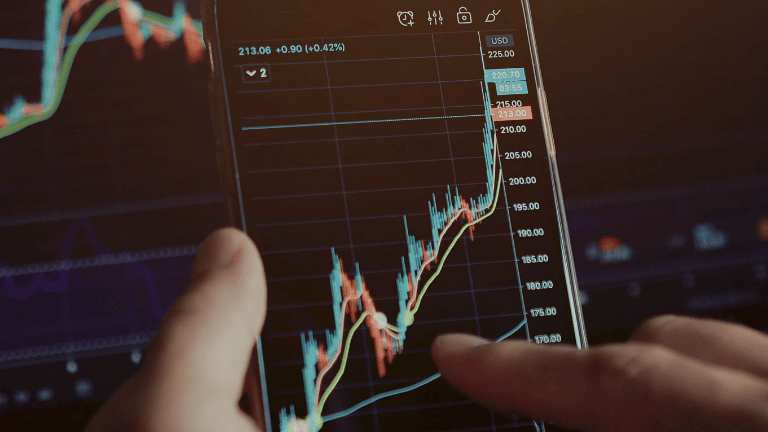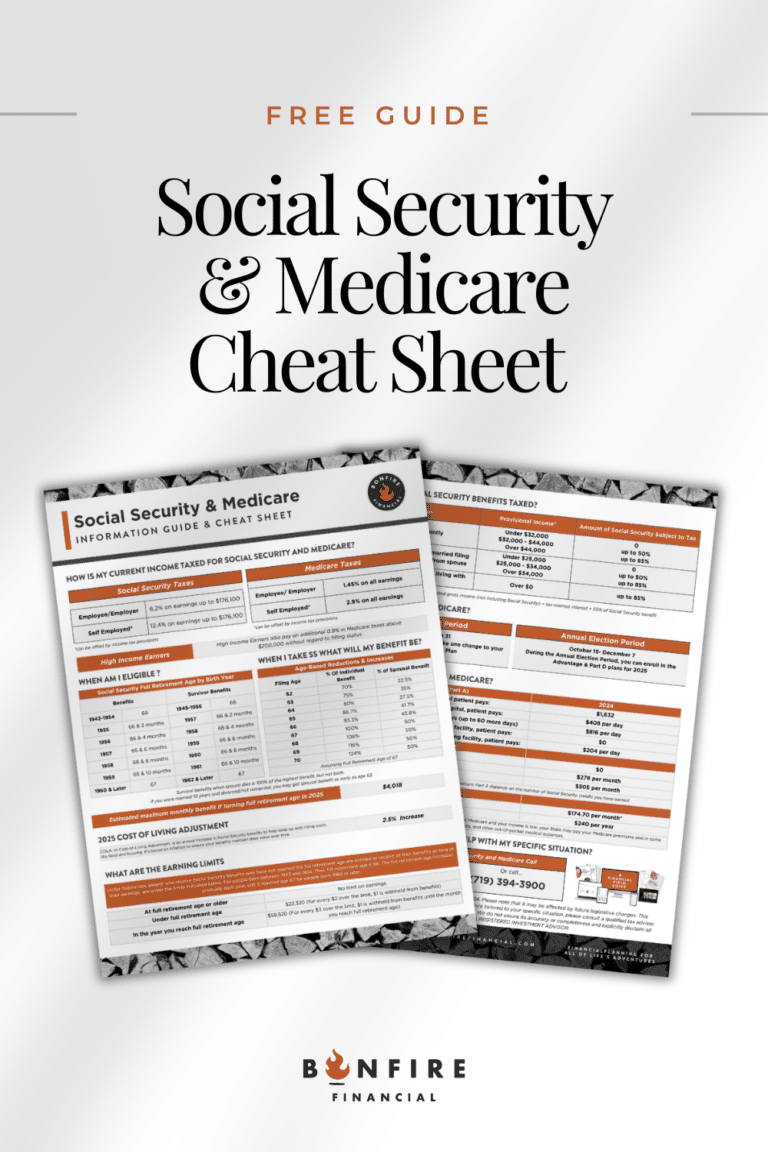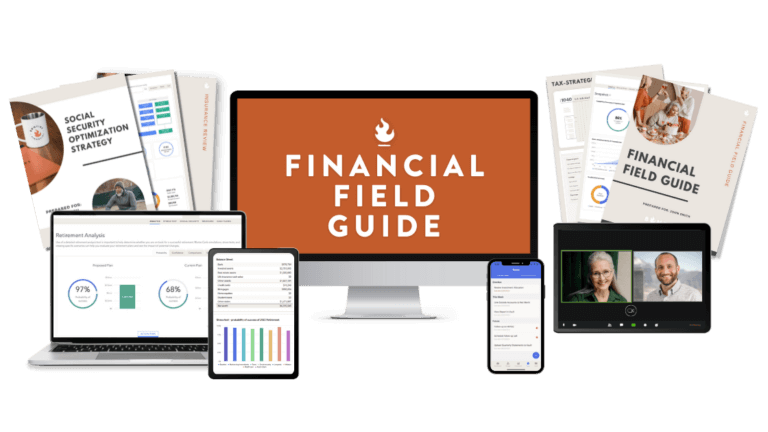“Buy low, sell high.” It’s one of the oldest investment mantras in the book. Yet, time and time again, investors do the opposite. Why? Because of FOMO, the fear of missing out. When the market is soaring, the hype is loud, and our emotions start to override our logic. Today, we explore why even smart investors fall into the FOMO trap and what you can do to avoid it.
Listen Now: iTunes | Spotify | iHeartRadio | Amazon Music
What Is FOMO in Investing?
FOMO in investing is the emotional response that pushes people to jump into a market or an asset because others are making money. It’s driven by a fear that if you don’t act now, you’ll miss out on big gains. This fear often overrides rational decision-making, leading to poor timing, buying when prices are high, and selling when they dip. Studies show it amplifies emotional reactions to market trends and encourages risky behavior like overtrading and speculative bubbles, often overshadowing sound, long-term decision-making
Why Smart Investors Still Fall for It
No one is immune to FOMO. Even seasoned investors get caught up in it. When everyone around you seems to be winning, it’s hard not to feel like you’re falling behind. You hear stories of friends doubling their money or news headlines about a stock up 1,000%, and it creates pressure to act fast.
The Psychology Behind FOMO
FOMO is rooted in behavioral finance. Our brains are wired to follow the crowd and avoid missing out. When we see others succeed, we assume they know something we don’t. Add to that the emotional buzz of gains and the regret of past missed opportunities, and it’s easy to see how logic gets thrown out the window. Money is emotional. Investing isn’t just numbers—it’s tied to our goals, dreams, and fears. That emotional charge makes it hard to stay rational, especially when markets are volatile or social proof is strong.
Real-World Examples: From Bitcoin to Barbecue Tips
Let’s say you’re at a barbecue, and a friend starts talking about how their investment in Bitcoin or a hot tech stock has skyrocketed. It’s hard not to feel a pang of regret or curiosity. Suddenly, you’re considering jumping in on Monday morning. But what you’re not hearing is when they bought in or how much risk they took.
Take Bitcoin, for example. When it’s at an all-time high, that’s when Brian gets the most questions from clients. When it dips, the same clients say they’re glad they stayed away. But the smart move? That was getting in when prices were lower. The opportunity to buy came with fear, not excitement.
Why Buying High Feels Safer (But Isn’t)
When the market is booming, it feels safe. News coverage is positive, everyone seems to be making money, and the fear of missing out kicks in. But this is often when prices are inflated. The reality? The best opportunities usually show up when things look bleak.
When markets are down, people hesitate. They worry things will get worse. But historically, downturns are when investors have made their biggest gains, not because they timed it perfectly, but because they acted when prices were low.
Don’t let FOMO derail your investing strategy.
How to Flip the Script: Buy Low, Sell High
To reverse the typical FOMO cycle, you need to train yourself to act when it feels uncomfortable. This is where strategy beats emotion. When markets are down, think of it like a sale. If you loved a company or fund a month ago, and nothing significant has changed, why wouldn’t you want to buy it for 20% less?
It’s the same logic as shopping. If a shirt you love goes on sale, you’re thrilled. But with investments, people often react the opposite way. They see the price drop and assume something is wrong. But in many cases, it’s just the market doing what it always does: cycling.
The Role of a Plan: Discipline Over Emotion
A solid investment plan is your best defense against FOMO. When you have a plan, you’re less likely to get swayed by hype or panic. Dollar-cost averaging is one of the best strategies to stay disciplined. By investing regularly, regardless of market conditions, you remove emotion from the equation.
In fact, when you’re dollar-cost averaging and the market drops, you’re buying more shares for the same amount of money. It’s a hidden win that sets you up for greater long-term returns.
What to Watch For: Market Cycles and Hype Triggers
FOMO often spikes when:
- A specific asset hits all-time highs
- Media coverage is overwhelmingly positive
- Friends or coworkers are bragging about gains
- Star ratings on mutual funds suddenly rise
These are signals to pause and evaluate. Ask yourself:
- Has anything fundamentally changed with this investment?
- Am I reacting emotionally or strategically?
- Would I be just as excited to buy this if it were down 20%?
Tips to Avoid FOMO and Invest Smarter
- Stick to your plan: Let your long-term goals guide your decisions, not the news cycle.
- Dollar-cost average: Invest consistently to reduce the impact of timing.
- Turn down the noise: Limit exposure to hype-driven media or investing tips from unverified sources.
- Use risk questionnaires: Revisit your risk tolerance regularly and ensure your strategy matches it.
- Embrace the downturns: They’re opportunities, not warnings.
- Review fundamentals: Make sure your investments align with solid financial principles.
- Ask better questions: Instead of “What’s hot?”, ask “What’s undervalued and solid?”
In Summary
FOMO in investing is real, and it affects every investor at some point. But you don’t have to let it derail your goals. By acknowledging its influence and building systems that favor discipline over emotion, you can stay on track and actually buy low, sell high.
The next time someone tells you about a stock that “went to the moon,” don’t rush to copy them. Pause, assess, and stick to your plan. Investing isn’t about chasing what’s hot. It’s about building wealth over time—intentionally and intelligently.
Next Steps
Need help building your strategy? We are here to help. Schedule a call with us today!
 Client Login
Client Login







